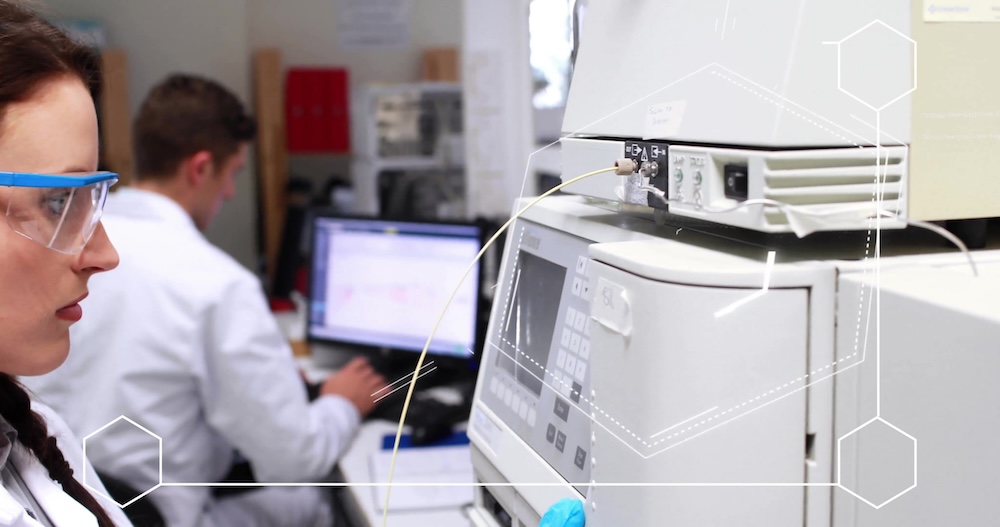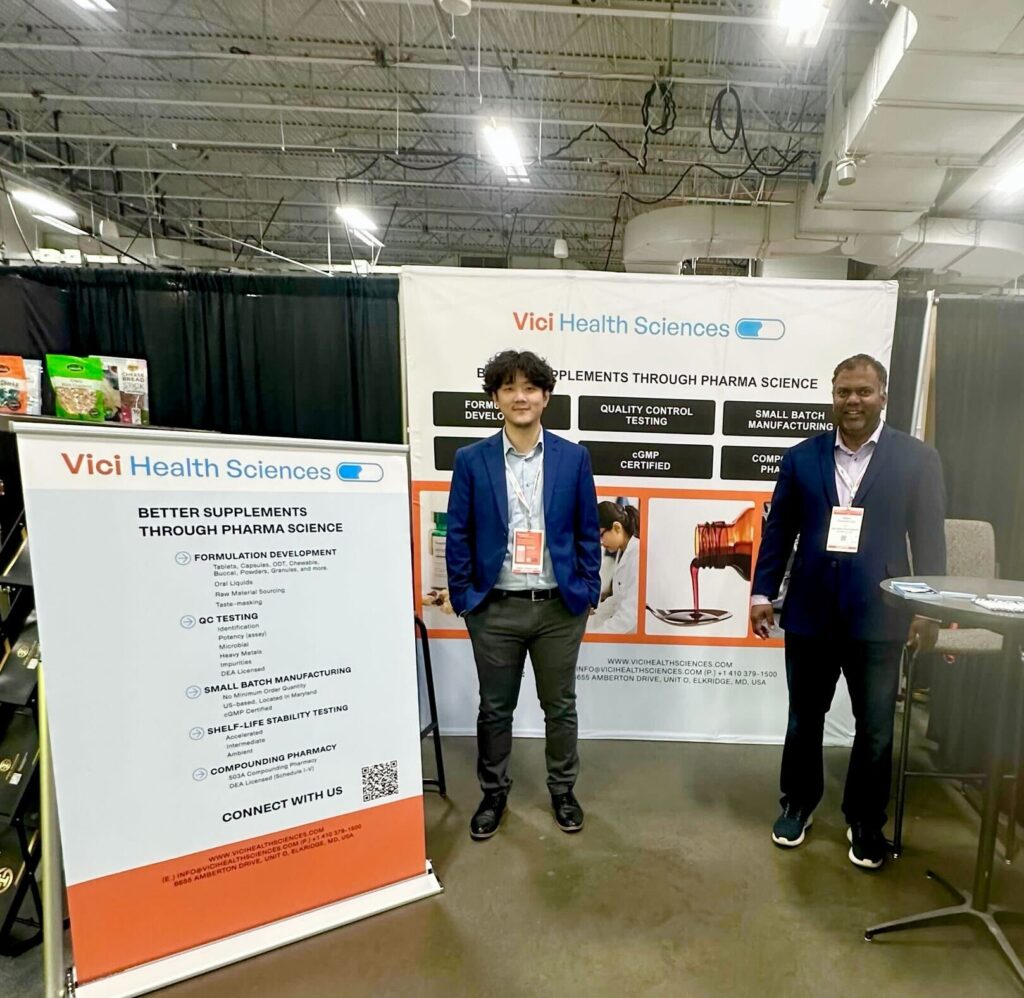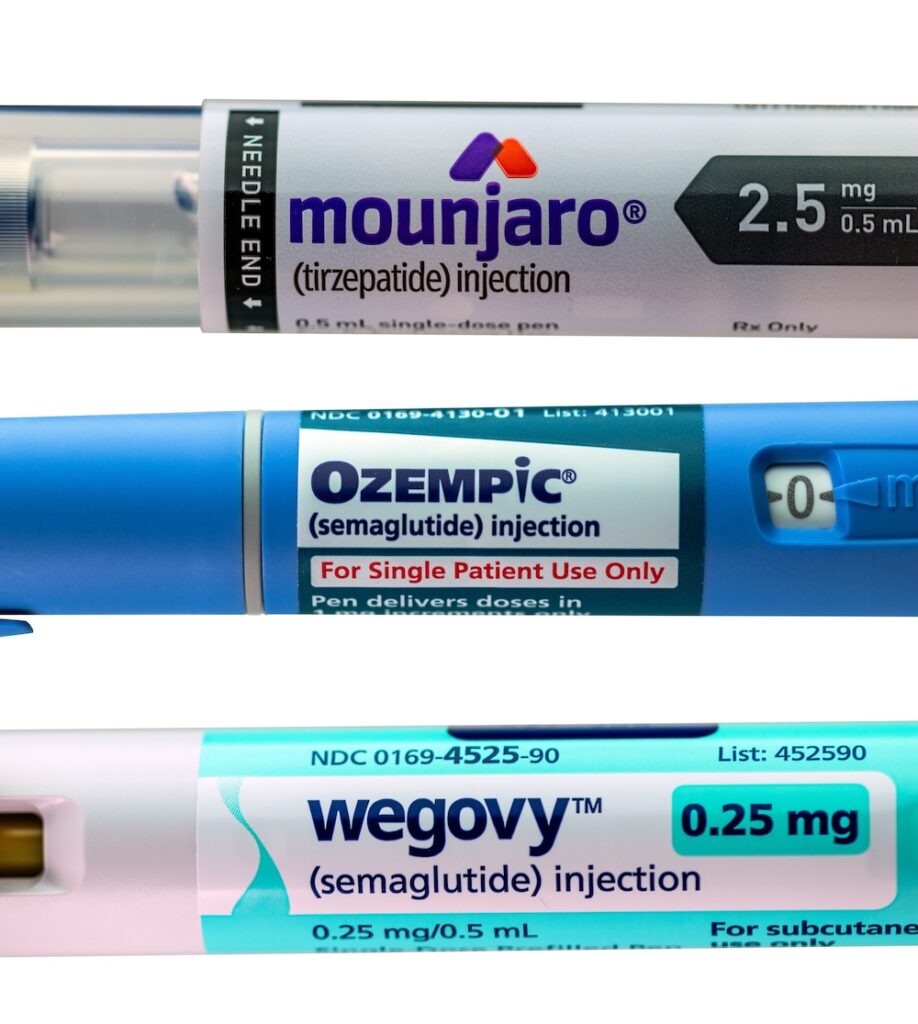Fixed dose combination products are dosage forms containing two or more active pharmaceutical ingredients. Including more than one active ingredient in the same dosage form has shown to increase the effectiveness of treatment for infective diseases such as HIV and tuberculosis and also chronic conditions such as blood pressure and diabetes, where patient compliance is improved.
Very often, the 505(b)(2) regulatory pathway is the preferred route of choice for fixed dose combination pharmaceutical products. In these cases, the individual drugs may already be approved and available in the market. The 505(b)(2) filing pathway allows sponsors to reference existing publicly available safety and effectiveness data from previously approved products. The sponsor will need to demonstrate efficacy and compare this with effectiveness of individual dose formulations in clinical trials.
Formulation development of fixed dose oral solid dosage forms is generally more challenging than developing single API dosage forms. We will explore typical challenges and methods to overcome them for OSDs in the rest of this article.
Drug-drug incompatibilities
Chemical compatibility between the active ingredients is the most important factor when developing fixed dose formulations. Often, drug substance degradation products will grow on stability studies past the limit of qualification potentially leading to dramatic reduction in shelf life. The allowed thresholds for degradation products in new drug products are provided in the ICH guidance document Q3B(R2). Qualifying known or unknown impurities may require toxicology studies that are very expensive and time consuming. Using formulation technologies to solve this problem is usually cheaper and quicker.
Solving drug-drug incompatibility problems during formulation development typically involve separating the drug substance in the dosage form to physically prevent interaction. For tablet formulations, this is easily achieved by using bilayer tablets. Bilayer tablet compression requires the use of a specialized bilayer tablet press that can compress the two layers on top of each other. To improve stability of dual, or multi-API tablets, the strategy is to isolate the API that is prone to degradation in a separate layer. This leads to a significant decrease in surface area of contact between the drug substances leading to increased stability.

The development of bilayer tablet formulations requires that the two layers are similar in material characteristics that allow for them to be compressed together without delamination. In special cases, tablet presses may be capable of compressing tri-layer or even multi-layer tablets if the need arises. At Vici, we have bilayer and tri-layer tablet presses to meet your formulation needs for fixed dose combination products.
Another often used technique is to utilize multi-particulate coated bead formulation filled in a hard gelatin capsule. In this type of dosage form, small substrate spheres that are usually sub-millimeter in diameter are coated with a drug by spraying an aqueous or organic solution or suspension of a drug and a dissolved binder. Typical binders used include HPMC (hydroxypropyl methylcellulose), PVP (polyvinylpyrrolidone), or ethyl cellulose. Substrate beads are usually made of sugar or MCC (microcrystalline cellulose). A fluid bed equipped with Wurster coating capability is required for manufacturing such products.

Multi-particulate coated bead formulations can also be manufactured such that two API layers are applied separately on to the same bead population separated by a barrier layer. These formulations also allow for separation of drug substances to overcome incompatibility problems observed between two or more API.

Different solubility and permeability of drug substances
Different drug substances may exhibit different solubility, permeability, and pharmacokinetic characteristics. For example, one of the drugs may need to be delivered in the stomach while the other drug may need to be delivered in the intestine due to solubility, gut stability, or permeability related reasons.

In this case, drugs that need to be released immediately in the stomach may be formulated as a simple immediate release coating on controlled release tablets or multi-particulate beads. The API applied as a coating on the tablet will disintegrate immediately and the modified release portion of the tablet or population of beads will continue its journey down the GI tract. Such drug delivery systems allow formulation development scientists tailor the release rate exactly to meet clinical needs.
At Vici, we are well versed in a variety of drug delivery technologies and can solve most problems related to formulation development and manufacturing. Our CMC experts can develop fixed dose oral solid dosage forms even when the drug substances are not chemically compatible or have different biopharmaceutics needs.






